How And When To Fertilize Azaleas: Learn How Smart Feeding Can Boost Your Blooms
Established azaleas do not need fertilizer to fuel their blooms, but they still need proper conditions to thrive. Learn how to fertilize without overdoing it.

Amy Draiss
Azaleas are a popular evergreen choice for shady areas such as in foundation plantings. The spectacular show of spring flowers covers the shrubs with long-lasting blooms often regaled at azalea festivals. To grow azalea shrubs and keep them in tip-top shape, learn the best way to fertilize azaleas.
Azaleas are in the genus Rhododendron and are either deciduous (drop their leaves in fall) or evergreen. They can be native or non-native and through extensive hybridization, almost 10,000 varieties exist. While most types of azaleas burst forth with their biggest display in spring, Encore azaleas rebloom several times during the summer, but not as fully.
The best way to fertilize azaleas is to let nature lead the way. Examine the shrubs regularly for signs that certain nutrients may be low. When needed, organic fertilizer is often the best choice.
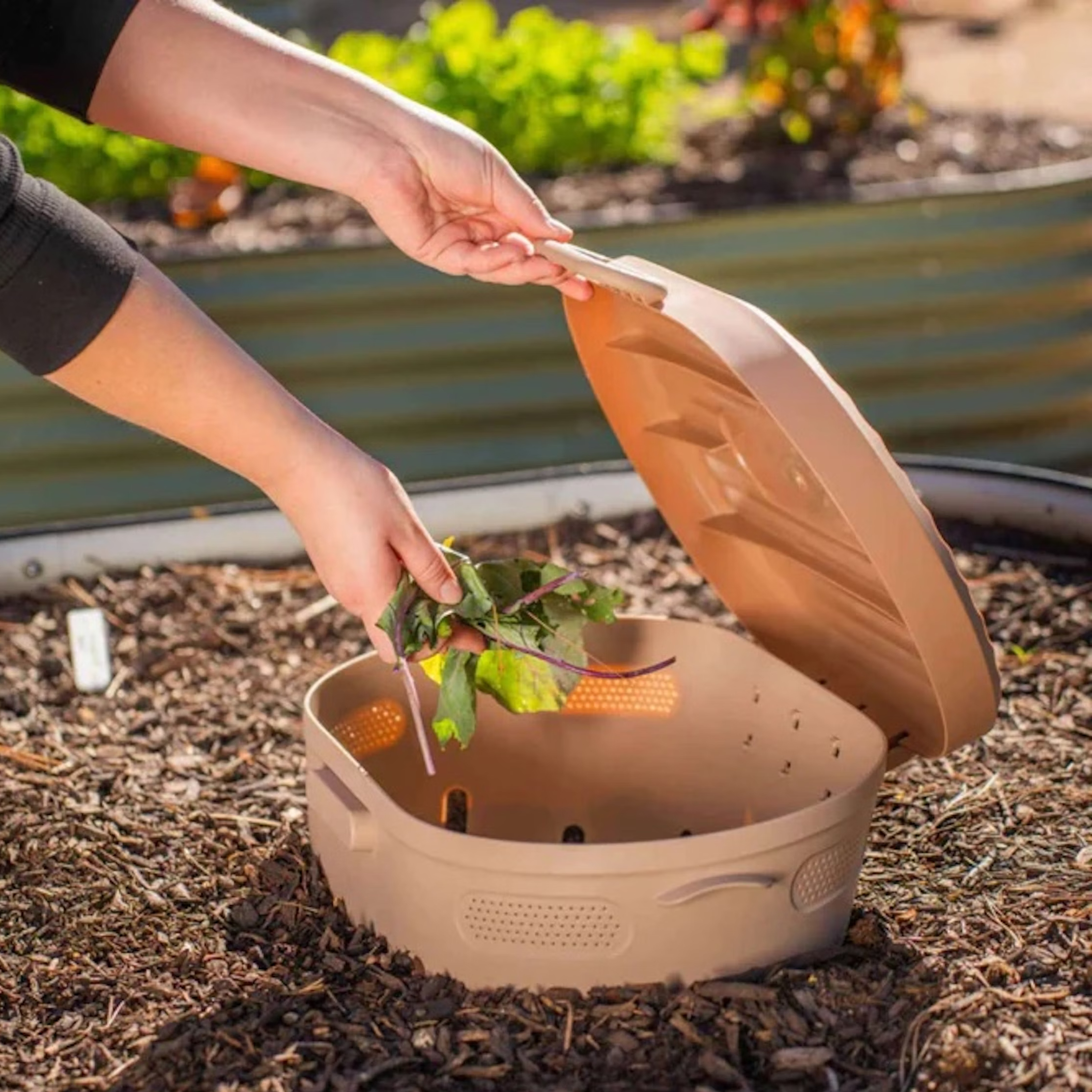
Turn organic waste into rich, nutrient-dense compost right in your garden bed with this worm composting bin found in the Gardening Know How Shop.
How To Tell If Azaleas Need Fertilizer
If the azalea planting bed is rich with compost, well aerated, well draining, and slightly acidic (5.5-6), established azaleas do not need fertilizer. Azaleas have long feeder roots that stretch out several feet from the shrub, picking up the vital nutrients that nourish the plant.
Mulching azaleas with organic mulches, such as composted pine bark, pine needles, oak leaves, or straw, enrich the soil as they decompose, further reducing the need for fertilizer.
If nutrient problems do arise, choose an organic source to remedy the situation. Here are common nutrient issues and what to apply:
- Leaf chlorosis is characterized by leaves that are yellow to white with green veins. It is usually caused by a high pH that prevents the uptake of iron. To lower the pH, apply ferrous sulfate, ground sulfur, or iron chelate to the soil. For a temporary boost, you can spray the leaves with iron chelate.
- Pale green or small leaves could mean the plant needs nitrogen. Blood meal fertilizer is an organic source of nitrogen that can be applied according to directions.
- Yellow mottling on the edges of leaves indicates too much potassium, so avoid its use.
- Small, dark green leaves with dead tips could indicate a need for phosphorus. Add bone meal fertilizer to the top of the soil and lightly scratch it in, avoiding the delicate feeder roots.
- Yellowing leaves that drop, particularly in the center, are normal and result from shading of the shrub’s interior.
- Browning branches during the season usually indicate winter injury. Cut off the dead wood and consider replacing the plant with a variety of cold hardy azalea in your area.
How To Fertilize Azaleas

If a soil test shows azalea shrubs need a general fertilizer, the best time to apply it is in late winter to early spring. Avoid adding fertilizer after July 1 because it may stimulate new growth that will not be hardened off before winter.
Gardening tips, videos, info and more delivered right to your inbox!
Sign up for the Gardening Know How newsletter today and receive a free copy of our e-book "How to Grow Delicious Tomatoes".
Different types of organic fertilizers benefit azaleas by their slow, extended release of nutrients. Organic choices that supply nitrogen, phosphorus, potassium, plus trace elements include fish meal, canola meal, worm castings, and powdered alfalfa. Always read and follow label instructions.
If you choose to go the conventional, chemical fertilizer route, a good fertilizer for azaleas is specially formulated for acid-loving plants. The granular, extended-release form is convenient and can be applied in spring.
Avoid using lime or alkaline fertilizers because they will increase the soil pH.
Do All Azaleas Need The Same Kind Of Feed?
While most azalea shrubs benefit from organic fertilizer when needed, Encore azaleas bloom off and on all season and follow a different fertilizer regimen, according to the developers. They recommend fertilizing right after the first spring bloom using a balanced, slow release, granular fertilizer suitable for azaleas and camellias. If you have a long growing season, you may want to add another application in mid-summer but never after Aug. 1.
For an extra boost, they recommend applying liquid fertilizer directly to the foliage and root area, following package directions.
Homemade Fertilizers For Azaleas
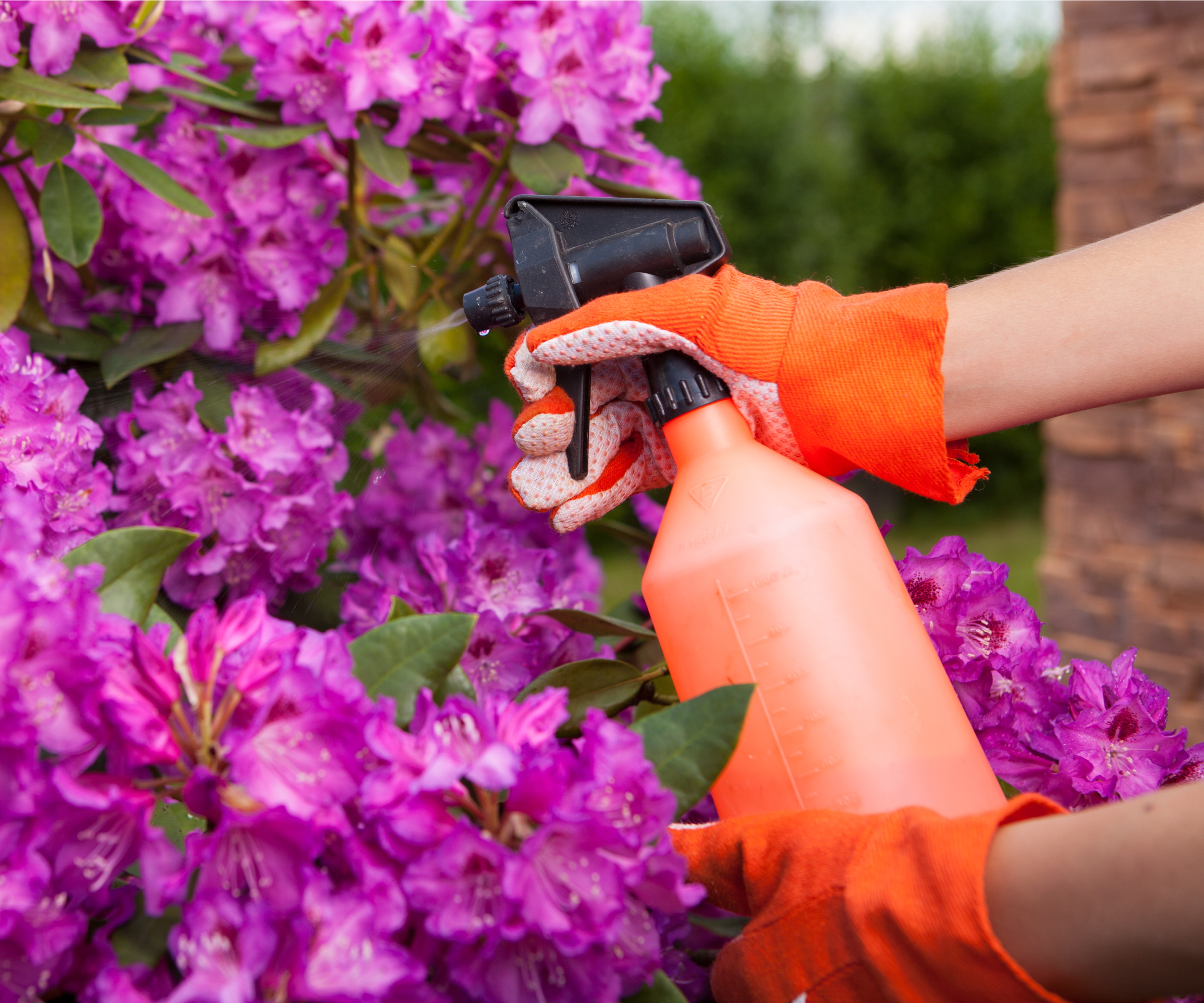
Some people like to create their own azalea fertilizer by combining different organic fertilizers with soil amendments for an extended release of nutrients each spring. DIY Liquid fertilizers utilize common household ingredients and scraps and can be nice general fertilizers.
Risks Of Over-Fertilizing Azaleas
Over fertilizing azaleas can damage the tiny feeder roots that form a large network underground. A surplus of nutrients also can bring more azalea pests like lace bugs and whiteflies. Overfertilizing can cause fertilizer burn in azaleas and other plants.
A soil test is a good way to determine if the plants need fertilizer. Your county extension service offers soil testing at a reasonable rate.
Frequently Asked Questions
Is tomato feed OK for azaleas?
It is best to avoid high potassium fertilizers till the plant is mature and producing buds.
Do coffee grounds help azaleas?
Coffee grounds can improve the soil structure, but its best use is to add it to the compost pile to release nutrients. Used coffee grounds are pH neutral so they will not decrease the acidity level.
Is Miracle-Gro good for azaleas?
Miracle-Gro sells products that can improve the soil in the planting bed as well as fertilizer for acid-loving plants such as azaleas, camellias, and rhododendrons.
What do I do if my soil is too alkaline?
To lower the pH, apply ferrous sulfate, ground sulfur, or iron chelate to the soil following the package directions.
More Azalea Ideas
- Azaleas doing well, but need a trim? Learn more about how and when to prune azaleas, according to gardening experts.
- Find the perfect pruning and trimming set in the Gardening Know How Shop to make your azalea shrub maintenance easy and effective.
- After you have pruned your azalea shrub, use those azalea cuttings to propagate new plants! You can have endless azaleas for years to come.
- Sign up for the free Gardening Know How Newsletter for more ideas and advice delivered straight to your inbox.
This article features products available from third-party vendors in the Gardening Know How Shop.

After graduating from Oklahoma State University with a degree in English, Susan pursued a career in communications. In addition, she wrote garden articles for magazines and authored a newspaper gardening column for many years. She contributed South-Central regional gardening columns for four years to Lowes.com. While living in Oklahoma, she served as a master gardener for 17 years.
- Amy DraissDigital Community Manager
-
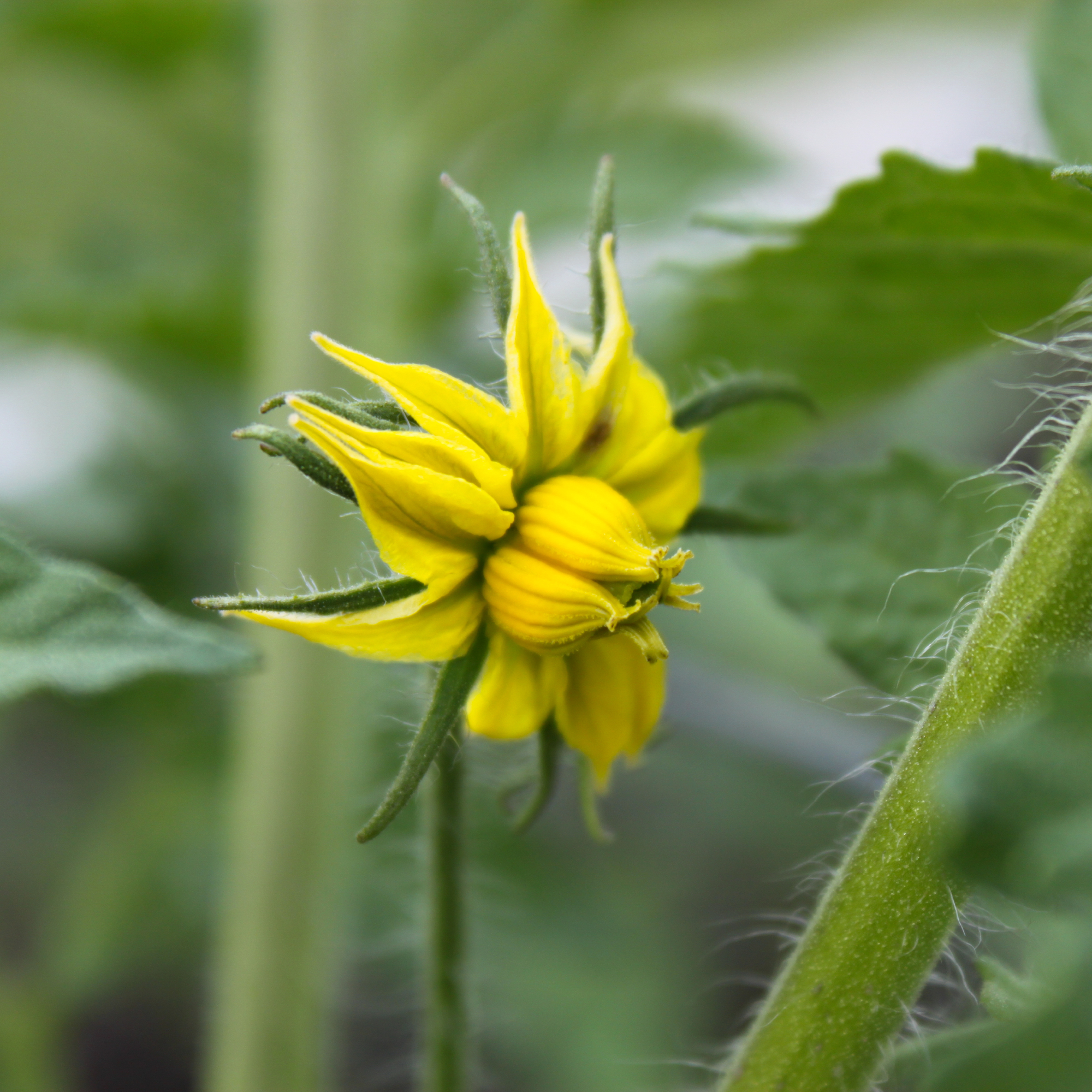 Do Your Tomato Flowers Look Weird? They Could Be Tomato Megablooms – What That Means For Plants
Do Your Tomato Flowers Look Weird? They Could Be Tomato Megablooms – What That Means For PlantsTomato megablooms can startle gardeners, but these weird-looking flowers are nothing to worry about. Learn why they occur and what to do if you find one.
-
 9 Must-Sow Flower Seeds For June That Bloom Fast And Keep Your Garden Bursting With Color All Summer Long
9 Must-Sow Flower Seeds For June That Bloom Fast And Keep Your Garden Bursting With Color All Summer LongAdd impact to beds, borders, and containers with these easy, fast-growing flowers that grow beautifully from seed – just in time for a dazzling summer display.
-
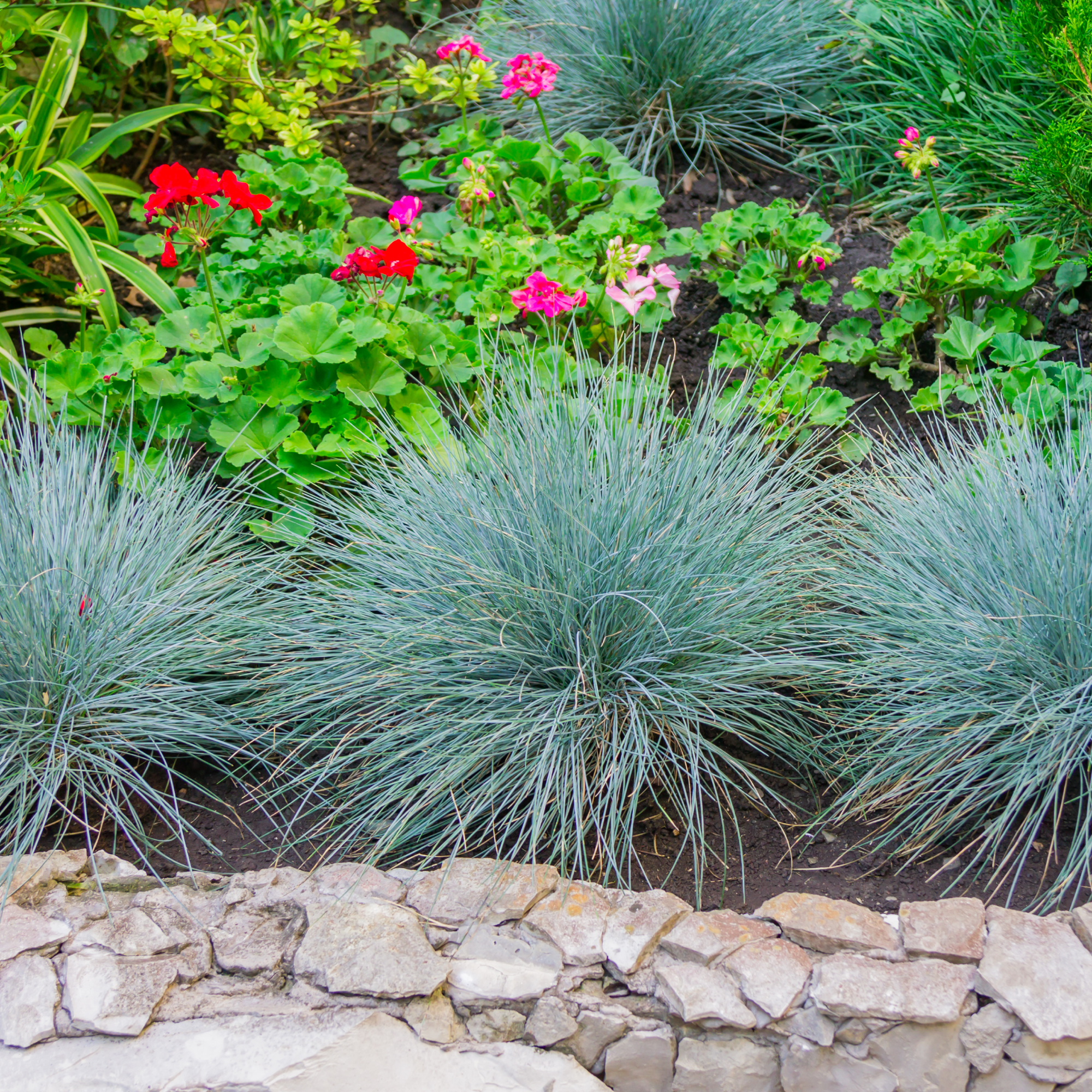 6 Blue Ornamental Grasses That Will Wow Your Neighbors And Add A Unique Touch To Your Landscape
6 Blue Ornamental Grasses That Will Wow Your Neighbors And Add A Unique Touch To Your LandscapeChoosing a blue ornamental grass can dress up borders and yards with striking color that changes with the seasons.
-
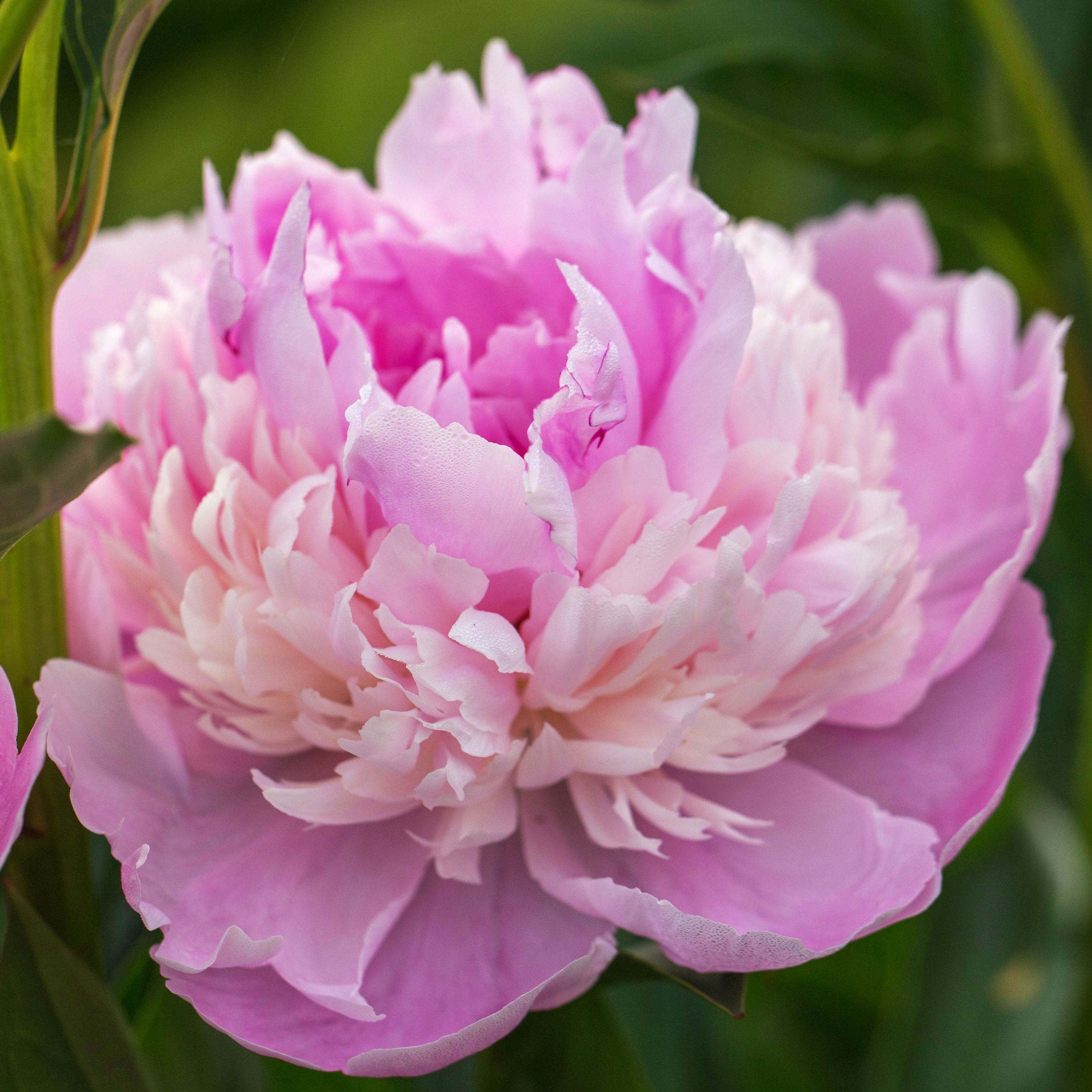 How To Grow A Sorbet Peony For Fluffy Pink Double Blooms With Unique Frills
How To Grow A Sorbet Peony For Fluffy Pink Double Blooms With Unique FrillsFor pink peonies with a unique edge, the Sorbet peony is a super-frilly bloomer with marshmallow and cream colored petals. Here’s how to grow this dynamic cultivar
-
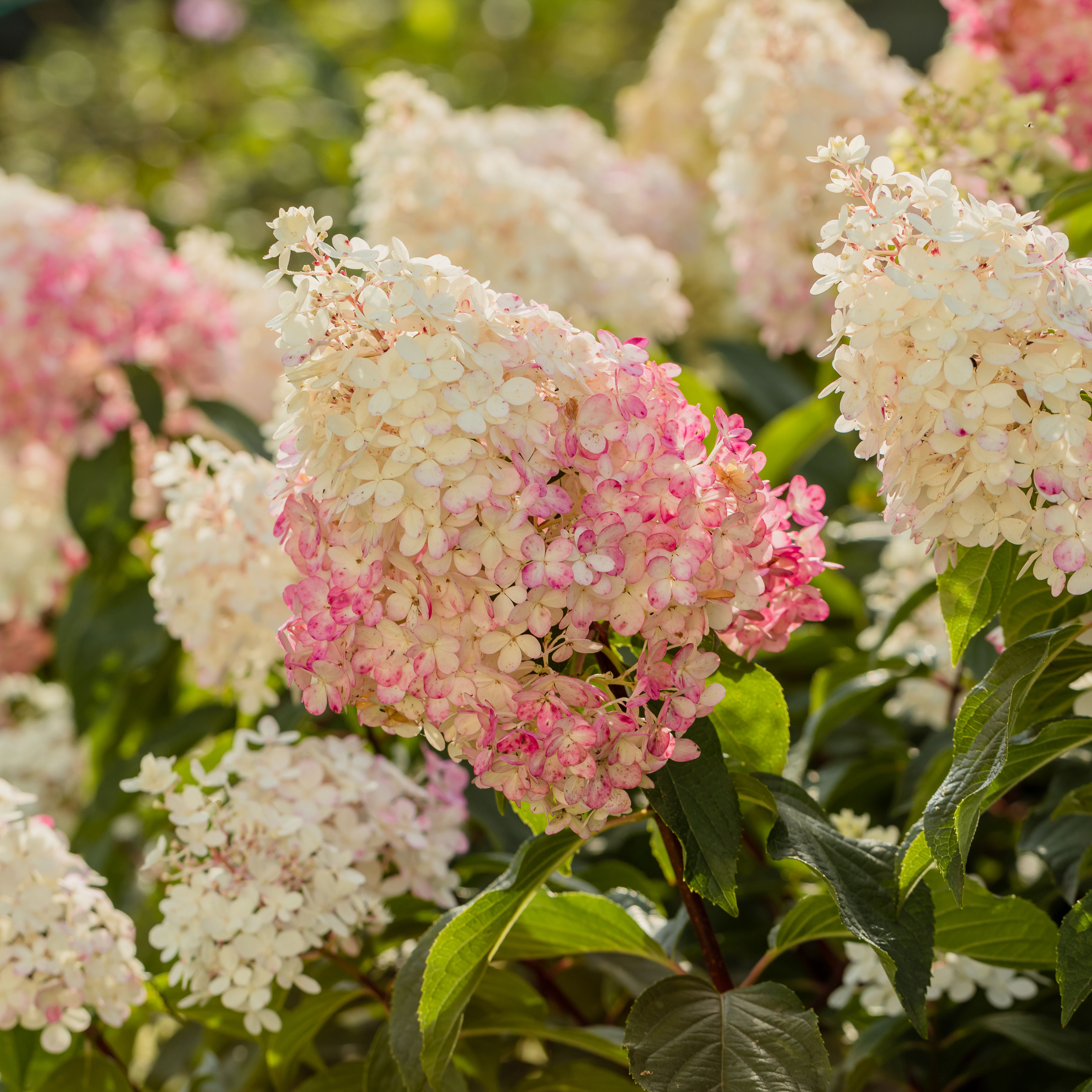 Grow Vanilla Strawberry Hydrangea Shrubs: Try Vanille Fraise Hydrangeas For Sweet Blooms Every Summer
Grow Vanilla Strawberry Hydrangea Shrubs: Try Vanille Fraise Hydrangeas For Sweet Blooms Every SummerFor a dreamy shrub that brings soft color variations and long lasting visual interest, grow a Vanilla Strawberry hydrangea. Here’s how to care for Vanille Fraise shrubs
-
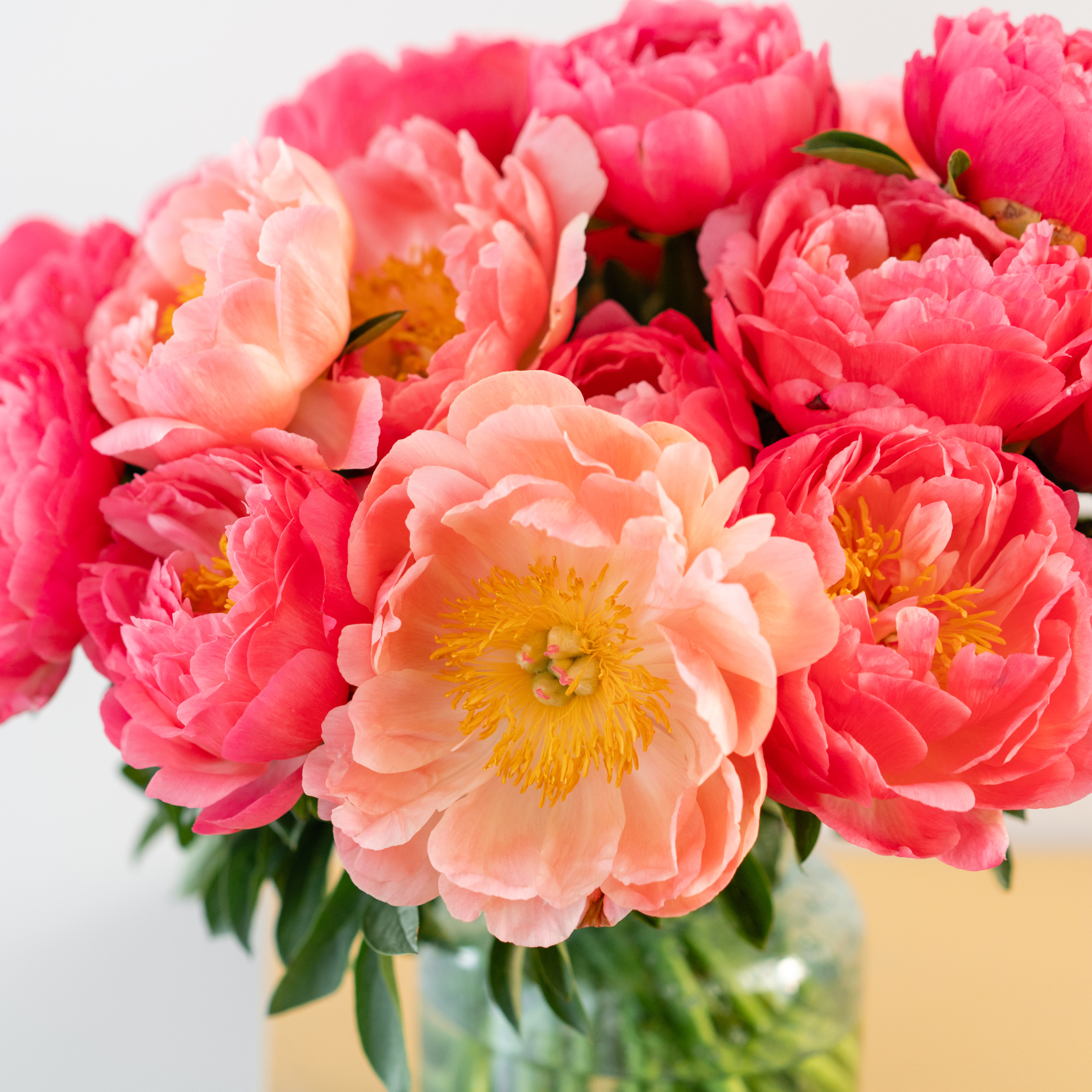 Coral Sunset Peony: Your Complete Guide To This Beautiful Color-Changing Hybrid
Coral Sunset Peony: Your Complete Guide To This Beautiful Color-Changing HybridThe coral sunset peony is a gorgeous addition to any garden. This beauty has double blooms that undergo an amazing color change as they age.
-
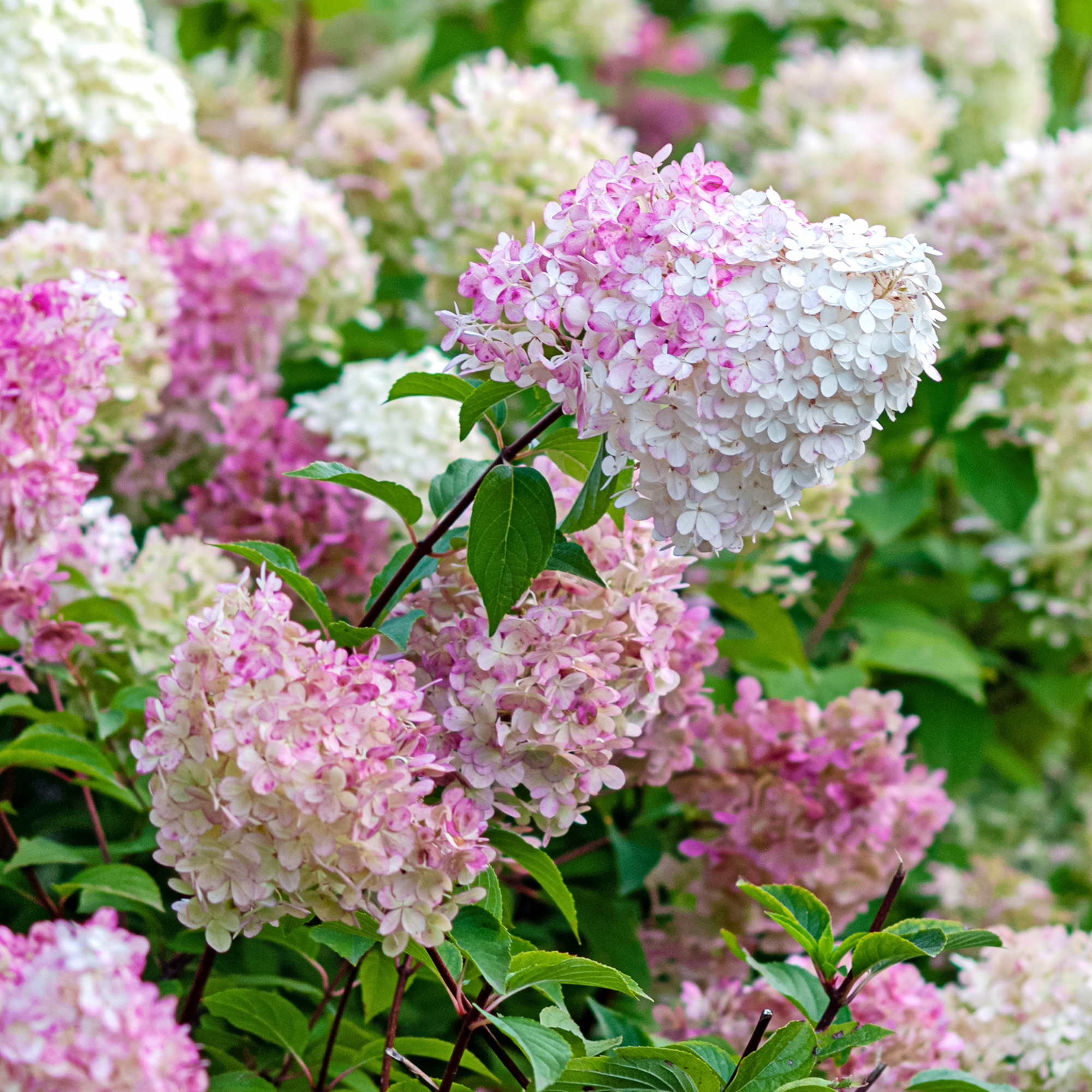 How To Grow Panicle Hydrangeas For Gorgeous, Low-Maintenance Blooms All Summer Long – Plus, Top Cultivars To Try
How To Grow Panicle Hydrangeas For Gorgeous, Low-Maintenance Blooms All Summer Long – Plus, Top Cultivars To TryPanicle hydrangeas are the ultimate low-maintenance shrubs! These beauties bloom all summer and all it takes is a little care. Here's how to help them thrive.
-
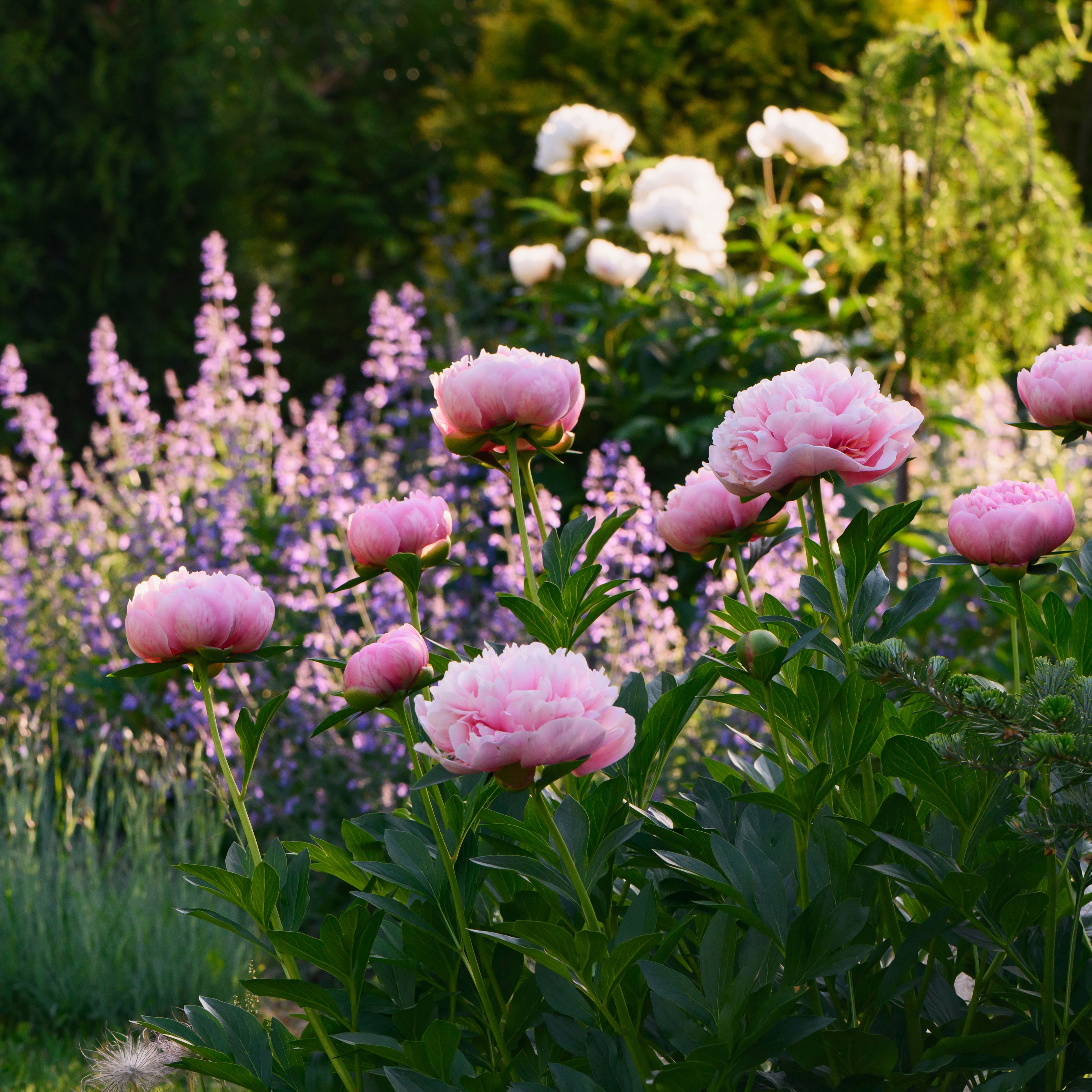 Grow The Peony Dream Team: 9 Peony Companion Plants For Style And Color
Grow The Peony Dream Team: 9 Peony Companion Plants For Style And ColorAs gorgeous as peonies are, they look even better when grown alongside the right ornamentals. Here are 9 peony companion plants to enhance your blooming shrubs
-
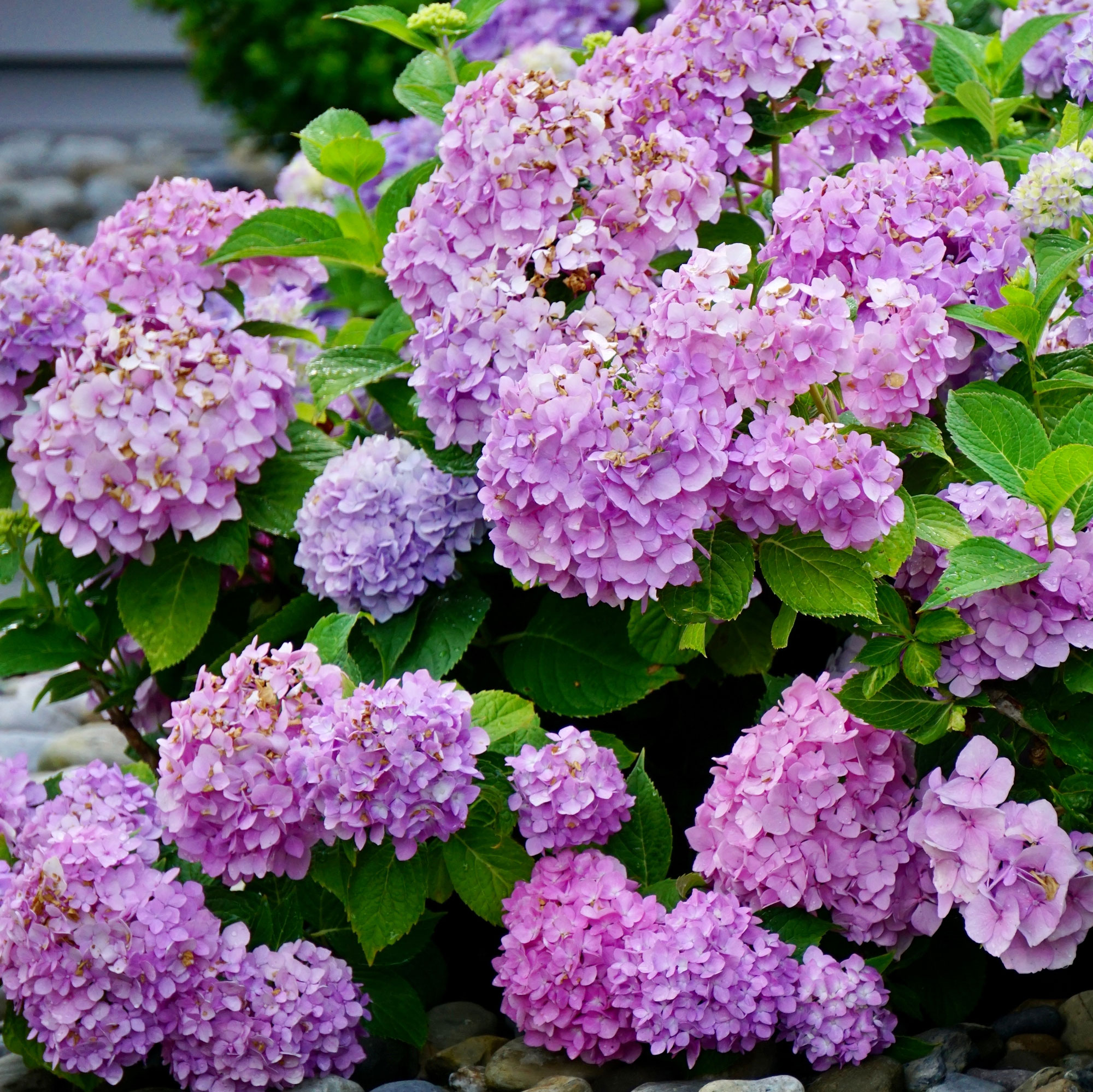 Grow These Eye-Popping Purple Hydrangea Varieties For A Lively On-Trend Tonal Treat
Grow These Eye-Popping Purple Hydrangea Varieties For A Lively On-Trend Tonal TreatFrom subtle indigo to rich violets, a purple hydrangea captures the imagination and adds elegance and verve to borders. Here are some of the finest purple bloomers
-
 How To Grow A Kansas Peony For Sublime Magenta Double Blooms And Enduring Fragrance
How To Grow A Kansas Peony For Sublime Magenta Double Blooms And Enduring FragranceGrowing Kansas peonies will add gorgeous color and fragrance to your garden. Their deep color and lush blooms are sure to make your neighbors jealous!